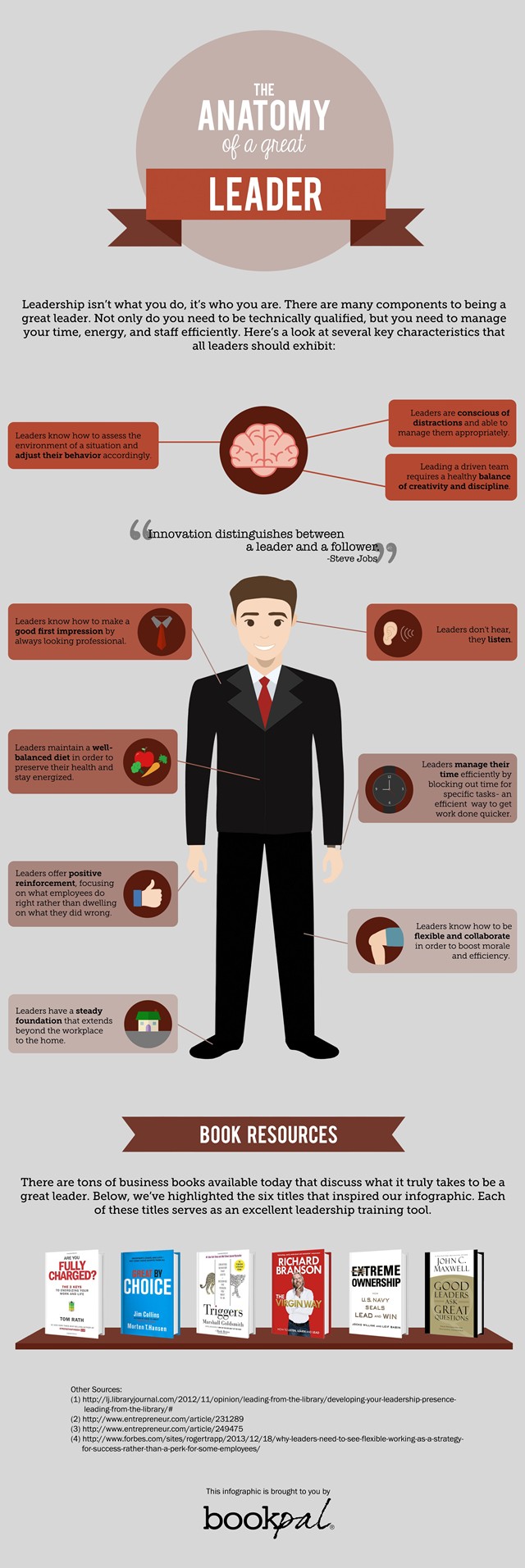The Dance Between Cozy Warmth and Burnout at Your Job

Clearly I’m lacking patience the first few days. I have thrown too much wood on a fire that just started. I’ve been frequently standing out on the porch to let some fresh air in my smoke filled home. I’m making the same mistake that I help people avoid in my work as business coach & consultant.
After realizing this, I have to laugh at myself. What a great reminder and a powerful metaphor.
What is a simple heat source for me, had a much deeper meaning when people in this area lived in Tepees. The fire was the center of their living space and had to be tended to constantly. During the winter month it was vital for survival. It also marked the center of their circular living space. A reflection of their core belief that everything moves in a natural cycle.
It was said that one who jumps the fire and ignores the circular way and its seasons gets burned. How true that is for our fast paced world. If only they had known that our modern world even found a fancy word for it: Burnout.
This term is widely used for individuals being utterly exhausted. From what I have seen in my work I believe burnout can happen to companies, too. I have seen people of fast growing companies completely drained, which can paralyze a complete organization.
How does one tend to a companies fire?
A spark is not enough – We need to lovingly tend to what we ignite. Be it a company, a new product, a team or a relationship.
Practice patience. A fire needs time to build up, just like trust. It needs a little time before it can bare the weight of a larger log without going up in smoke.
Everything in moderation. How much heat can a team or an organization take? Does all the change have to happen at once? Size new projects realistically. Don’t let your people go up in flames.
Focus on community. A fire was used to gather and share stories. Your company is only as strong as the ties between people. Tend to them constantly, not just once a year during a team event.
Go circular. Respect the natural cycles of planting seeds, growing, harvesting and rejuvenating. We are jumping the fire all too many times by not honoring times to rest and rejuvenate.
Your company is your living space, just like a Tepee. Make sure the fire that is vital for survival is tended to constantly. Make your living space inviting and cozy for those who come to visit.
About the Author
Barbara Wittmann is an IT consultant, leadership coach and a passionate entrepreneur. Her quest for healthy concepts of leadership and growth brought her into the wilderness, where she explored the ancient wisdom of Native American cultures. She integrates their values and rituals, which are still relevant and livable today, into her everyday business life with great success. She lives in Munich, Germany, and frequently travels to wild and untouched places in the US.
For more information visit www.barbarawittmann.com.

 Dr. Linda Henman, the catalyst for virtuoso organizations, is the author of Landing in the Executive Chair, among other works. She is an expert on setting strategy, planning succession, and developing talent. For more than 30 years she has helped executives and boards in Fortune 500 Companies and privately-held organizations dramatically grow their businesses. She was one of eight succession planning experts who worked directly with John Tyson after his company’s acquisition of International Beef Products. Some of her other clients include Emerson Electric, Avon, Kraft Foods, Edward Jones, and Boeing. She can be reached in St. Louis at
Dr. Linda Henman, the catalyst for virtuoso organizations, is the author of Landing in the Executive Chair, among other works. She is an expert on setting strategy, planning succession, and developing talent. For more than 30 years she has helped executives and boards in Fortune 500 Companies and privately-held organizations dramatically grow their businesses. She was one of eight succession planning experts who worked directly with John Tyson after his company’s acquisition of International Beef Products. Some of her other clients include Emerson Electric, Avon, Kraft Foods, Edward Jones, and Boeing. She can be reached in St. Louis at  Andrew Kris is a Founding Partner of
Andrew Kris is a Founding Partner of  Millennials and younger generations don’t respond to control and a non-stop focus on productivity. To get the best out of them you need to be a benevolent leader. What is different about being a benevolent leader? You are always in the question of what you are creating and how it can contribute to everyone, not just your bottom line. Benevolent leadership is innovation on steroids. By its very nature, innovation goes beyond control.
Millennials and younger generations don’t respond to control and a non-stop focus on productivity. To get the best out of them you need to be a benevolent leader. What is different about being a benevolent leader? You are always in the question of what you are creating and how it can contribute to everyone, not just your bottom line. Benevolent leadership is innovation on steroids. By its very nature, innovation goes beyond control. Business innovator, investor, author, antique storeowner and breeder of Costa Rican horses, Gary Douglas lives life to the fullest. He is the founder of Access Consciousness®, a personal development modality that has helped thousands worldwide by giving them tools to create change in all aspects of life – from addiction, recovery, weight loss, business, money, health, relationships and creativity. The Access tools are now offered in 173 countries. In 2010 his book The Place became a Barnes and Nobles #1 Bestseller. Gary is regularly featured in the international media as a thought leader in business. Find Gary at
Business innovator, investor, author, antique storeowner and breeder of Costa Rican horses, Gary Douglas lives life to the fullest. He is the founder of Access Consciousness®, a personal development modality that has helped thousands worldwide by giving them tools to create change in all aspects of life – from addiction, recovery, weight loss, business, money, health, relationships and creativity. The Access tools are now offered in 173 countries. In 2010 his book The Place became a Barnes and Nobles #1 Bestseller. Gary is regularly featured in the international media as a thought leader in business. Find Gary at 